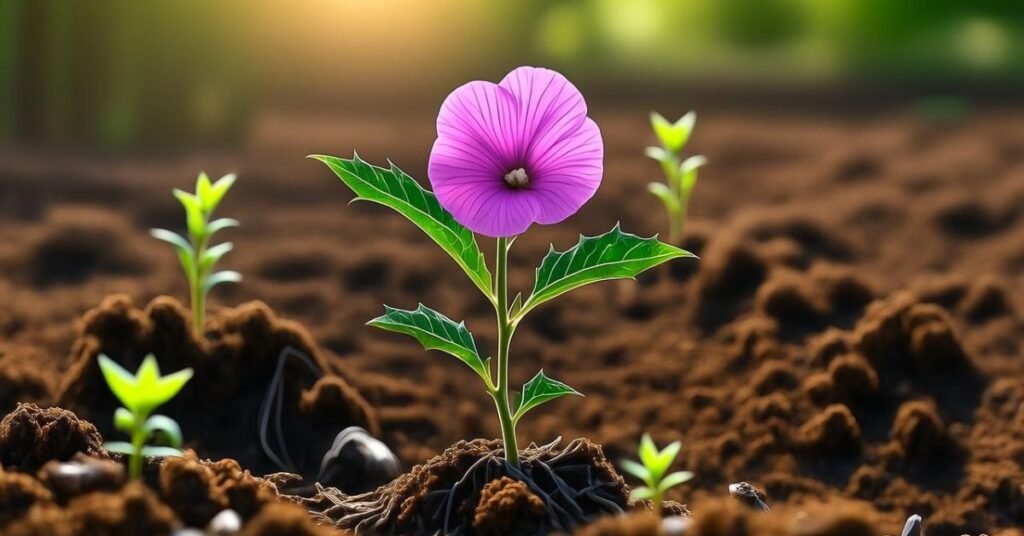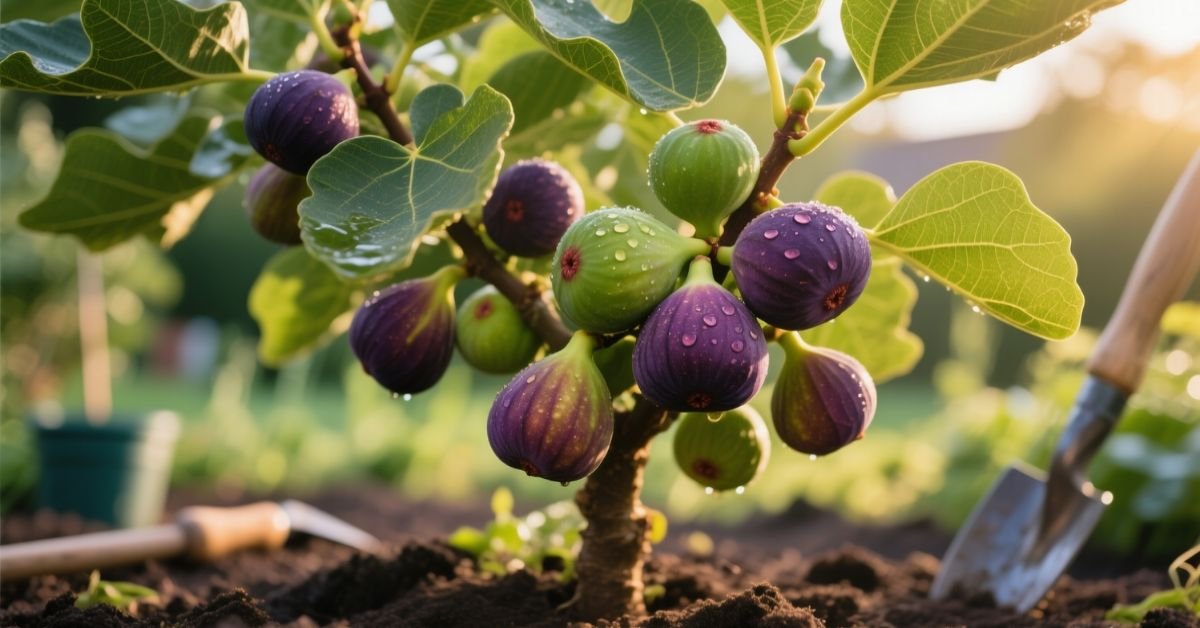Introduction
Plant food for fig trees is a nutrient rich formula designed to support healthy growth and fruit production. It contains essential minerals like nitrogen, phosphorus, and potassium. These nutrients help the tree develop strong roots, lush leaves, and sweet, juicy figs. Using the right plant food ensures your fig tree stays healthy throughout the growing season.
Imagine your fig tree full of vibrant leaves and heavy with ripe figs. The dream can become a reality with the right nutrition. Applying plant food at the right time boosts energy for flowering and fruiting. It also protects the tree from nutrient deficiencies. With a little care, you can enjoy a bigger and better harvest every year.
The best time to apply plant food for fig trees is in early spring when new growth starts. Feed again in mid summer to support fruit development. Water the tree before and after feeding to help nutrients absorb into the soil. For best results, follow the product’s instructions.
How to Fertilize Fig Trees
Fertilizing fig trees is simple but important.As soon as the tree begins to grow in early spring, begin pruning it.Make sure your fertilizer contains nitrogen, phosphorus, and potassium in a balanced ratio.Make sure it is evenly spread around the base, avoiding direct contact with the trunk. Water well after applying to help the nutrients soak in.
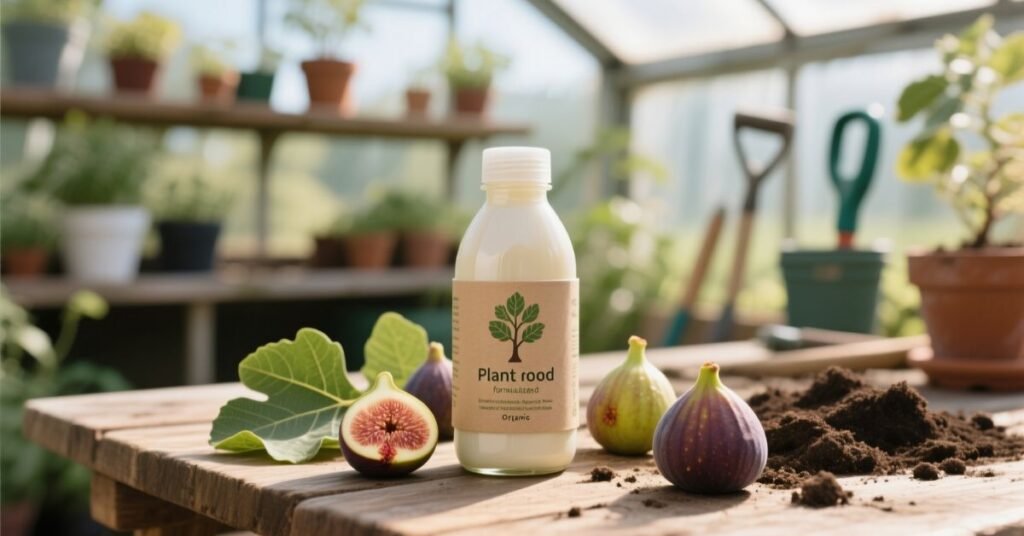
Feed the tree again during the growing season if needed. Watch for signs of slow growth or pale leaves, as these may indicate nutrient deficiencies. Avoid over fertilizing, as too much can harm the roots and reduce fruit quality.Maintaining fig trees’ strength and productivity requires consistent and moderate feeding.
Pruning Your Fig Tree
Pruning your fig tree helps it grow strong and healthy. Remove any dead, damaged, or crossing branches. To maximize sunlight and airflow, cut back overgrown areas. This encourages better fruit production and keeps the tree in shape. Always use clean, sharp tools for neat cuts.
Before new growth starts in the spring or late winter, prune.During the growing season, avoid heavy pruning as it can stress the tree. Keep the center open and focus on shaping the tree. Regular pruning makes your fig tree easier to manage and more fruitful.
What is the Best Fertilizer for a Fig Tree?
The best fertilizer for a fig tree is one that is balanced and rich in essential nutrients. A fertilizer with equal parts nitrogen, phosphorus, and potassium works well. Organic options like compost or well rotted manure are also great choices. They improve soil health and provide slow, steady nutrition. For faster results, you can use a liquid fertilizer during the growing season. Always choose a formula suited for fruit trees to support both growth and fruit production.
Fig Tree Pollination
Fig tree pollination is the natural process that allows the tree to develop fruit. Some fig varieties pollinate themselves, while others need help from fig wasps or hand pollination. Pollination ensures the fruit develops properly and tastes sweet. Without it, the tree may produce fewer or smaller figs.
Here are some simple facts about fig tree pollination:
- Some figs naturally pollinate on their own and require no extra support
- Certain types rely on fig wasps for pollination.
- Indoor fig trees may require hand pollination.
- Proper pollination increases fruit size and flavor.
- The right fig type for your climate helps ensure better pollination.
When Should I Fertilize My Fig Tree?
You should fertilize your fig tree in early spring when new growth begins. This gives the tree energy for leaves and roots. A second feeding in mid summer helps support fruit development. Avoid fertilizing late in the season, as it may encourage new growth that can be damaged by frost. Regular feeding at the right time keeps your fig tree healthy and productive.
Best Food for Fig Trees in Pots
Fig trees in pots need more care because the soil nutrients run out quickly. The best food for them is a balanced fertilizer with nitrogen, phosphorus, and potassium. Organic compost, liquid feeds, or slow release fertilizers also work well. These options give steady nutrition and help the tree produce sweet, healthy figs.
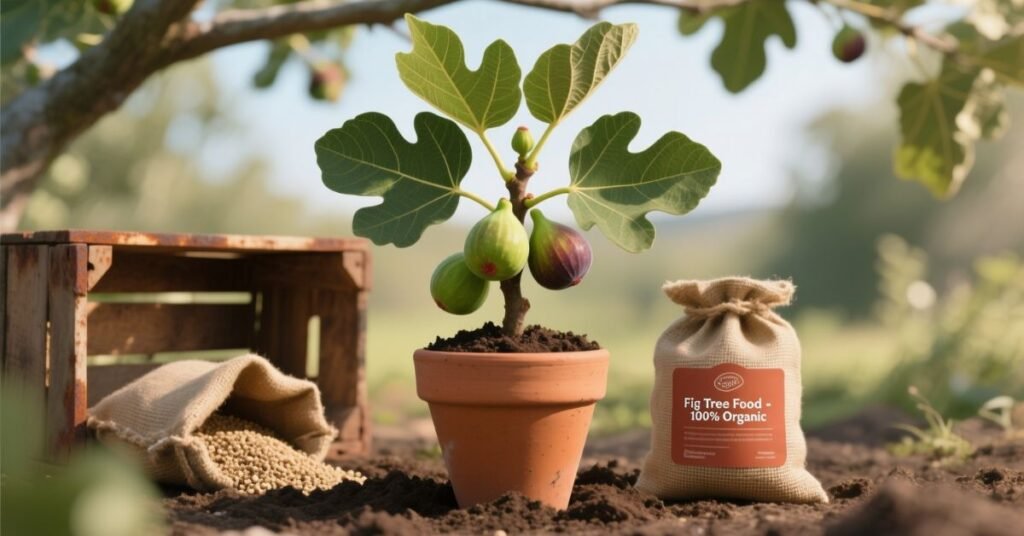
Here are some good choices for potted fig trees:
- Balanced fertilizer (10 to 10 to 10 or similar).
- Liquid seaweed or fish emulsion.
- Slow release fruit tree fertilizer.
- Well rotted compost or organic manure.
- Specialized fig or citrus fertilizer.
Fig Tree Harvest
Fig tree harvest is a rewarding time for every gardener. Figs are ready to pick when they turn soft, plump, and rich in color. They should bend slightly on the branch when touched. Harvesting at the right time gives the sweetest flavor. Handle figs gently, as they bruise easily. Freshly picked figs taste best when eaten right away, but they can also be stored for a short time.
Does My Fig Tree Need Fertilizer?
Yes, your fig tree needs fertilizer to stay healthy and productive. Fertilizer provides essential nutrients that may not be present in the soil. Without it, the tree may grow slowly or produce fewer fruits. Regular feeding helps the tree develop strong roots, lush leaves, and sweet figs. A balanced fertilizer or organic compost is the best choice for long term growth.
Fig Tree Care
Fig tree care is simple but important for healthy growth. These trees need sunlight, water, and the right soil. Regular pruning and proper feeding also keep them strong. With consistent care, fig trees reward you with sweet and juicy fruits.
Here is a quick guide for fig tree care:
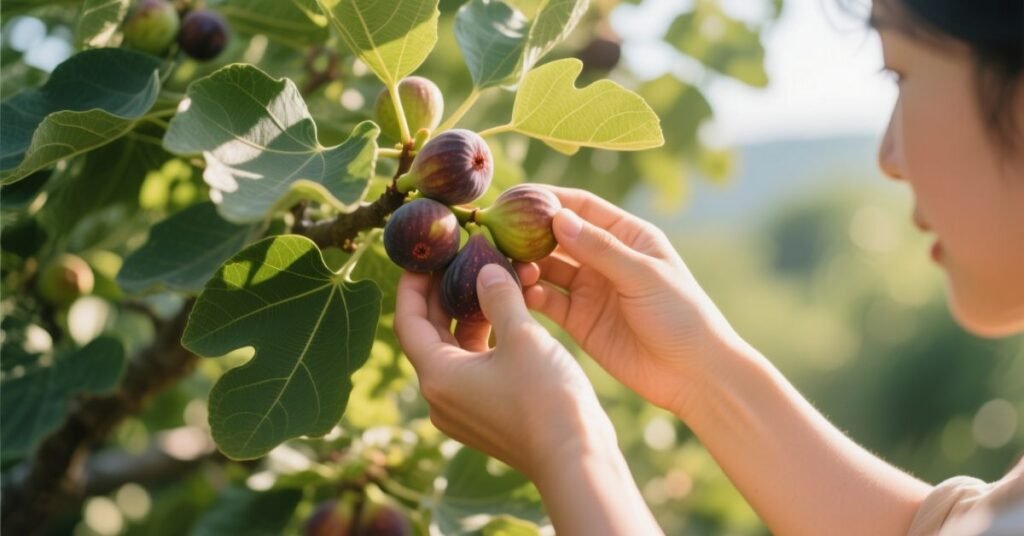
| Care Step | What to Do |
| Sunlight | Place in full sun for 6 to 8 hours daily |
| Watering | Keep soil moist but not soggy |
| Fertilizing | Feed in spring and mid summer |
| Pruning | Trim in winter or early spring |
| Soil | Use well drained, fertile soil |
| Protection | Cover young trees in frost |
Is There a Wasp in Every Fig?
No, there is not a wasp in every fig. Certain figs need wasps to pollinate, but most popular varieties pollinate on their own. The figs sold in stores are usually from self pollinating trees, so they do not contain wasps. Only certain wild figs rely on the wasp for fruit development. This means most figs you eat are completely wasp free.
Conclusion
Fig trees are easy to maintain and give great results when cared for properly. They need sunlight, water, pruning, and proper plant food to stay healthy. With good care, they grow strong and produce sweet, delicious fruits. In the ground or in pots, even small care makes a big difference. Growing a fig tree can bring beauty to your garden and joy to your table.
FAQs
1.How frequently should I water my fig tree?
Give water once or twice weekly, ensuring the soil stays damp but not waterlogged.
2. Do fig trees need full sun?
Yes, fig trees grow best with at least 6 to 8 hours of sunlight daily.
3. Can I grow a fig tree in a pot?
Yes, fig trees grow well in pots if given proper soil, water, and fertilizer.
4. When is the best time to prune a fig tree?
The ideal time to prune is late winter or early spring, just before new growth begins.
5. How long does it take for a fig tree to produce fruit?
Most fig trees produce fruit within 2 to 3 years of planting.

